In today’s digital age, how we learn and teach has transformed drastically. With the rise of technology, education has moved beyond traditional classrooms to virtual spaces, offering endless possibilities. However, this digital shift also brings challenges, especially in finding the right balance between using technology and maintaining well-being. The answer lies in embracing the concept of digital wellness.
Then what is Digital wellness?
Digital wellness is all about maintaining a healthy relationship with technology. It’s about using digital devices to enhance our lives without letting them take over.
With screens dominating our daily routines, it’s easy for both educators and learners to feel overwhelmed. But don’t worry—achieving digital wellness is possible!
Here are a few tips to help educators and learners thrive in this digital world:
1. Set Clear Boundaries
Establishing boundaries is key to managing screen time. Educators can set specific times for checking emails and grading assignments, avoiding the temptation to work around the clock. Similarly, learners should allocate dedicated periods for studying online, balanced with time away from screens.
2. Use Technology Mindfully
Mindfulness in technology use means being intentional about when and how we use digital devices. For instance, while attending virtual classes, minimize other distractions by closing unnecessary tabs and apps.
3. Incorporate Breaks
Regular breaks are essential to avoid digital fatigue. The Pomodoro Technique, which involves 25 minutes of focused work followed by a 5-minute break, can be highly effective. During breaks, engage in physical activities such as stretching, walking, or even short exercises to rejuvenate the body and mind.
4. Create a Distraction-Free Environment
Both educators and students can benefit from a workspace free of unnecessary digital distractions. Turn off non-essential notifications, use website blockers during study or work periods, and create a tidy, organized physical space conducive to concentration.
5. Prioritize Tasks
Having a clear list of priorities helps in focusing on what’s important. Tools like digital planners or apps designed for task management can assist in keeping track of assignments, deadlines, and daily goals, ensuring that time spent online is productive.
Conclusion
Balancing the digital and physical worlds is an ongoing journey, but with conscious effort, educators and students can thrive. By setting clear boundaries, managing screen time, avoiding digital distractions, and incorporating physical and social activities into their routines, the power of technology can be harnessed without compromising their well-being. Digital wellness is not just a concept; it’s a way of life that ensures we make the most of our digital tools while staying healthy and productive in the process.




